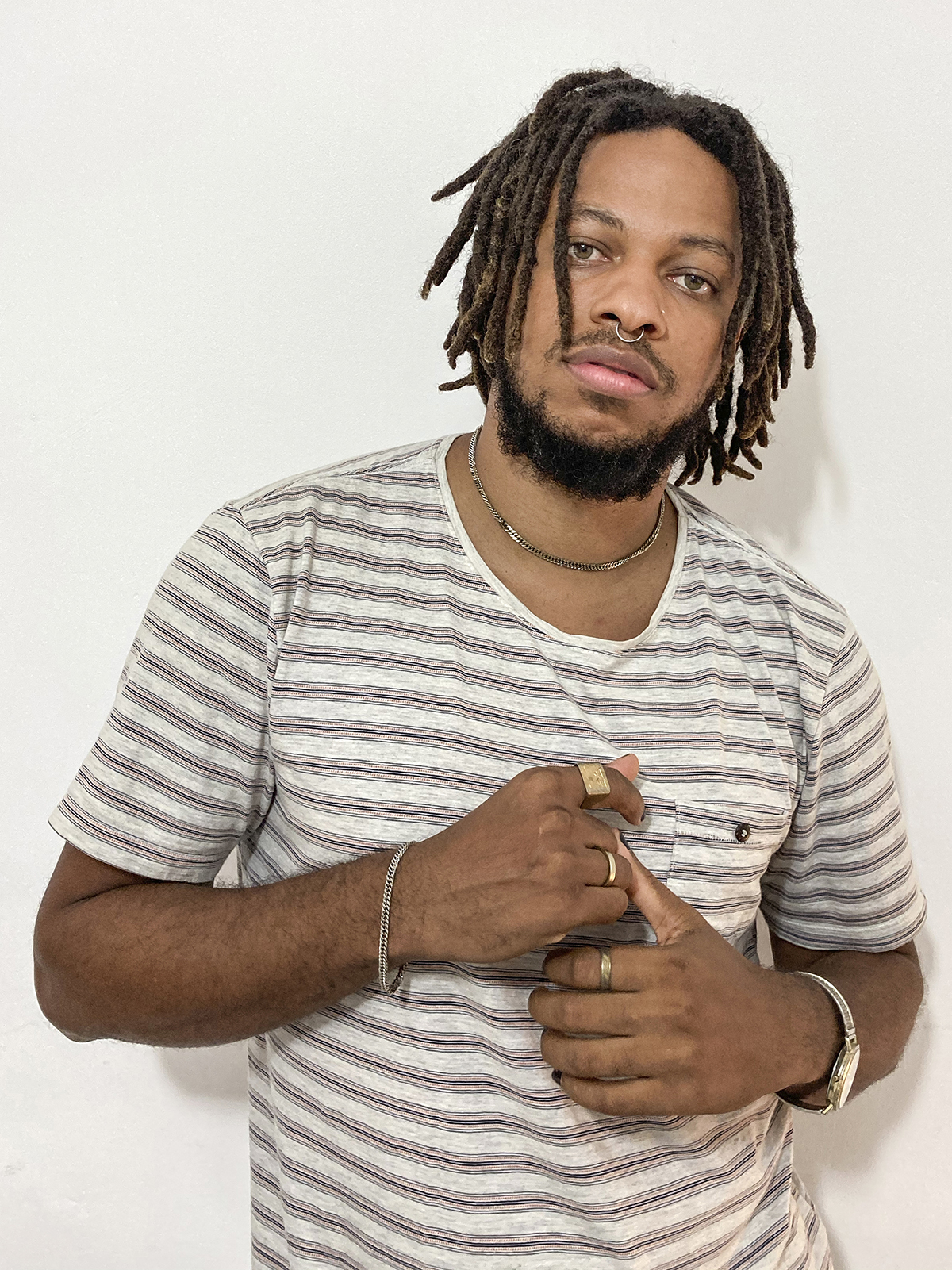
Portrait of Maxwell Alexandre 2020. Copyright the artist. Courtesy the artist and David Zwirner
In our ongoing online series, renowned art consultant Maria-Theresia Pongracz profiles rising contemporary artists to watch in 2021. Here, she speaks to 30-year-old Brazilian artist Maxwell Alexandre about the difficulties of preparing a show during lockdown, his devotion to the Church of the Kingdom of Art and the precariousness of his paintings

Maria-Theresia Pongracz
Discovering new artistic talent is often also discovering different parts of the world, different cultures and different human experiences. One of my highlights last autumn, and one of the few shows I was able to see during the short period when galleries and museums were open in between lockdowns, was the Brazilian Maxwell Alexandre’s UK debut at David Zwirner. Having seen some images online before, I was very excited about the show and delighted to discover that the work was even more powerful in person.
Hailing from Rocinha, the largest favela in Brazil, located in Rio de Janeiro’s southern zone, Alexandre’s work is a reflection on growing up with organised crime and state violence, as well as the evangelical church acting as a sort of saviour from such. The title of the show Pardo é Papel, which takes its name from the Portuguese word pardo (meaning brown), refers to Brazil’s class system and the upheld belief that an individual’s skin colour determines their value – the less black or the whiter a person looks, the better. The exhibition’s subtitle Close a Door to Open a Window is a reference to lockdown and isolation during the pandemic.
Follow LUX on Instagram: luxthemagazine
LUX: Your exhibition Pardo é Papel: Close a Door to Open a Window at David Zwirner London (2 December 2020 – 30 January 2021) was planned during a period of lockdown. How was this experience for you, and how long did it take you to conceive and create the show?
Maxwell Alexandre: In 2020, I had two big solo shows to be held at two highly prestigious institutions: David Zwirner Gallery in London, and the Palais de Tokyo in Paris. Things happened very quickly for me once I became a part of the art circuit, so I have been working hard and largely without interruption since 2017 to meet demands from institutions. I had just come back from an artist-in-residence stint in Marrakesh for a group show at the Museum of Contemporary Art of Morocco, but as soon as I arrived back in Brazil, the pandemic broke out and all plans were suspended.
The year was promising, the proposals were very good, and I was ready to leverage the reverberations my work had caused and push my art to a higher level, but I have to admit that the pandemic also brought me relief because it allowed me to pursue a direction of my work without a deadline. It had been a while since I had entered my studio without a plan. That’s when I decided to take up oil painting on canvas. I had wanted for some time to work in that direction, and this moment of social isolation was the perfect scenario for that. With my entire team working remotely because of the lockdown, I was left alone to do all the steps of the work; everything from cutting the canvas, attaching it to the wall, preparing the paint, cleaning the brushes… I felt that I was back at the first moments of my career and was able to remember how much I loved this solitary way of working.

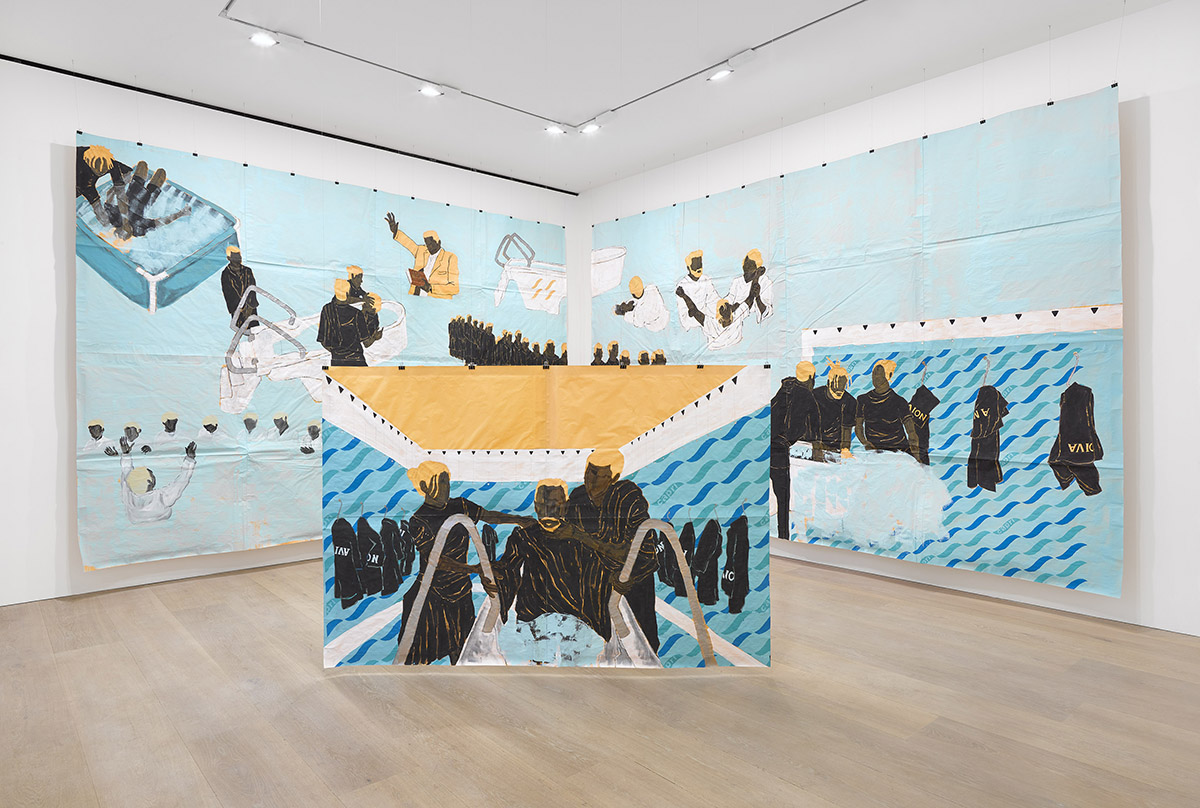
If you could die and come back to life, up for air from the swimming pool, 2020 (installation image and above, detail). Maxwell Alexandre. © Maxwell Alexandre. Photo by Jack Hems. Courtesy the artist, A Gentil Carioca, and David Zwirner
Then David Zwirner gallery started making contact with me again, and wanted to continue with the plan of the exhibition in London. But while things were getting better in Europe, in Brazil we were entering into a worse phase, and I could not commit to delivering such an important exhibition in just three months without my team and without a large space to work in. This was a delivery that could not be achieved with a slow approach, I would need to throw myself totally into it. But I admit the greatest resistance I had to accepting the invitation was that I would have to stop making oil paintings, and by that time, I felt I was too much involved in the works to begin another exhibition project. I continued to consider all of this, and eventually, found a good justification to commit to the show at David Zwirner. Namely, the main principle of the church of which I am a follower – the Church of the Kingdom of Art – which is that when you set a date to hold the worship service and deliver the works, then you do not pay any heed to adverse conditions. It is a dogma: if the date is set, it cannot be postponed, one must do it and deliver it. And I, as a follower of that church, could not escape from this. If anyone were to break the commitment, it would have to be the gallery.

Pisando no céu, 2020, Maxwell Alexandre. © Maxwell Alexandre. Photo by Gabi Carerra. Courtesy the artist, A Gentil Carioca, and David Zwirner
The other thing I kept in mind was something I was told by my teacher Eduardo Berliner about making a great effort to obtain nothing as a result. This idea is very powerful to me. Opening an exhibition with the strong possibility that no-one would see it, fitted with that way of thinking and motivated me to move forwards. I got together with two of my assistants and brought them to live with me on my street. We started working hard in order to finish everything on time.
This moment that we are experiencing is unique, and I could simply not waste it. When would I ever have another chance to open an exhibition during a pandemic?
Read more: How women artists are reshaping art history
LUX: How and when did you become interested in art and what was the first medium you explored?
Maxwell Alexandre: I was raised in an evangelical home and my mother always said that God had given me the gift of drawing. In my childhood, my drawing was already more developed than that of my peers. I think that my interest in art was beginning then, but my first contact with contemporary art took place when I was 22, during my second year of college, in a class of visual arts taught by Eduardo Berliner.
LUX: In the exhibition walk through you mentioned that painting is considered elitist in the Brazilian favelas. From what I gather, you mastered going down the path of a fine artist and showing at a blue chip gallery like David Zwirner whilst still keeping your street cred. Would you consider involving yourself in arts education, teaching or mentoring underprivileged kids in the future?
Maxwell Alexandre: I think that, yes, I have a pastoral calling, because my work attracts followers, but I am not the sort of pastor who takes care of sheep. My calling is that of a messenger; one who brings specific, sporadic messages and good news whether it’s through words, photography, video, music, painting, or by example.

Installation view of Pardo é Papel: Close a Door to Open a Window at David Zwirner. Photo by Jack Hems. Courtesy the artist, A Gentil Carioca, and David Zwirner
LUX: You pay homage to Kerry James Marshall as a kind of icon in a gold portrait. KJM is probably the most important black painter living today and someone who has inspired a whole generation of young artists. How important is he to you?
Maxwell Alexandre: Kerry James is the man. I think about how far it is for someone to paint a black character not through observation, but through imagination. That man was already leaping over that abyss back in the 1990s. Of course, there were other masters before him, and KJM himself has mentioned that he was inspired by Charles White, but I think the visibility of, and possibility to bring the black man as a central theme of narratives picked up momentum and significant relevance with Kerry.
LUX: Most of your paintings are densely populated, except for one striking work, a diptych entitled Dois quadros SAMO na parede with painted golden baroque frames but nothing inside. Basquiat often used the tag ‘SAMO’ in his graffitis. Why this reference?
Maxwell Alexandre: The piece Two SAMO paintings on the wall is a translation of a verse from the track Preto e prata by Baco Exu do Blues. The verse plays with a conjugation of the Portuguese verb ‘ser’ (to be), and Basquiat’s signature SAMO, an abbreviation of ‘Same Old Shit’. The diptych is part of Novo Poder, a sub-series of Pardo é Papel, which deals specifically with the physical presence of black people in art spaces, such as museums and galleries, contemplating and relating to contemporary art and more specifically, painting. The work emphasises the idea of acquisition, which is why there are no figures depicted in it.

Dois quadros SAMO na parede, 2020, Maxwell Alexandre. © Maxwell Alexandre. Photo by Gabi Carerra. Courtesy the artist, A Gentil Carioca, and David Zwirner
LUX: Your Evangelical Christian upbringing is also apparent in some of your paintings. How important are Christian values to you?
Maxwell Alexandre: I know that religious fundamentalism is shit and that’s why there is a very pejorative image about people of faith. One of the definitions of faith is to believe without seeing, without evidence and this seems like foolishness to many people in the art world, who for the most part have an academic education, which values reason, science and evidence. But what is artistic practice if not an enchantment? Artistic practice is prophetic and without faith, there are no prophecies. So I am astonished about how an academic atheist manages to disdain religious faith and yet enshrine artists like gods, or to shed tears in front of a painting. Art is a religion, and as stated by Brazilian rapper Filipe Ret, one needs faith even to believe in reason.
Read more: Alia Al-Senussi on art as a catalyst for change
Evangelical religion saved my life. I did not go into crime, alcohol or drugs because my mother taught me for a long time that those things were part of the crooked path of sin and divine abomination. I no longer hold onto that sort of belief, but when I believed it as a child, I did not fall into those things.

Installation view of Pardo é Papel: Close a Door to Open a Window at David Zwirner. Photo by Jack Hems. Courtesy the artist, A Gentil Carioca, and David Zwirner
LUX: Your paintings are all very large. Why do you choose to work in this format? And would you ever consider making smaller formats to make your work more accessible to a wider range of collectors?
Maxwell Alexandre: To answer this question, allow me to make a brief mapping of the art circuit and its agents. We have the artist, who is at the cutting edge of the research, experimenting, with his sleeves rolled up, making the art object. The critic, who develops the silo of knowledge around the work, is an agent of legitimation, perhaps one of the most important ones. The curator, who selects what is going to be shown and how it will be shown, is the bridge between the studio and the public, often based on a specific thinking. The gallerist, who is the display window, is the commercial connection between the object. The art patron is the person who directly applies financial resources to the artist’s research and the institutions, and the collector acquires the work, and takes on the responsibility of preserving it. What all of these agents should have in common, beyond their personal interests, is the fostering of the development of the artistic field. Ultimately, each one is part of something that has a social function for the collective.
If the artist proposes something that is not commercial, and the gallerist does not welcome and support it as they are thinking only about sales rather than fostering the field, then this agent does not understand his or her role. If the art patron provides support by financing an artist’s research, but wants an artwork in return, that art patron does not understand his or her role. If a curator only organises exhibitions for the beautiful photo at the vernissage with a roster of important faces, that curator does not know his or her role. If the collector is buying works only as an investment, or because of the hype of the artist in question, that collector does not understand his or her role.
When I began to develop the Pardo é Papel series, the decisions I made were not arbitrary. Assuming a monumental format for the paintings was a way I found to intensify the dialogue between the amount of paper used and the number of black bodies in contemporary positions of power. I wanted density and contrast between the black body and the brown craft paper; I wanted people to feel the presence of the paper. The way in which the artworks are installed helps in this sense. I wanted the adhesive tape and the torn parts to be visible; the fragility of the artworks was important for the work’s poetics. I understood that I was not only dealing with dimensional questions of painting itself, but also talking about air, space and sound. The decision not to present the works in a frame or any rigid kind of structure was made to emphasise the precariousness of the materials that go into the work’s construction. All these characteristics are important for the semantics of Pardo é Papel.

Close a door to open a window, 2020, Maxwell Alexandre. © Maxwell Alexandre. Photo by Gabi Carerra. Courtesy the artist, A Gentil Carioca, and David Zwirner
All of this potential, however, would be lost if I had listened to a series of agents there at the outset, when I showed the first large panel, which gave rise to various questionings skewed toward a market logic. I heard things like: ‘don’t do that because it is a big problem to conserve these paintings’ or ‘it will be very difficult to sell, work with smaller formats and we will be able to sell everything.’ Even a large museum institution asked me to paint five canvases so that they could acquire them instead of the large paintings on paper. Their concerns about the work’s conservation and vulnerability was a great hindrance.
I did not follow this advice because I had not constructed the large paintings of Pardo é Papel to be something commercial or durable. My commitment was to the research. I knew the potential the work had, and I chose it as a flag to stake into the ground of the institutions; to open a path, without any concern about sales.
The only progressive advice I received during this period was from Paulo Herkenhoff, perhaps the greatest living critic in Brazil, who upon seeing the works said that I would be able to choose my path because of the power and coherency of my research. He also gave me an example of what he called the ‘greatest squander at MoMA’ which is when museum declined to acquire the work Monogram by Robert Rauschenberg because conservators said it would not last. Today, that work is one of the most emblematic in the artist’s production. And this is what I would like to talk about: people want a souvenir, they do not want art. The collector should be educated in this sense. The acquisition of an art object is not only the expansion of his or her asset portfolio, but involves the responsibility to shelter that which has now become an asset of humankind. My large pieces of brown craft paper will get ripped and they will deteriorate in time, and this responsibility lies not only with the artist, but of all the agents concerned with the fostering of the field and artistic development. Hopefully, the museologists and conservators will accept the challenge of preserving these works and gallerists will support less-formatted works, and collectors will start dealing with the need to collect things that are not permanent. There is nothing more contemporary than this.
LUX: Talking of institutions, your next big show is at Palais de Tokyo in Paris. Are you excited and can you reveal anything about what you are planning?
Maxwell Alexandre: The Palais de Tokyo is allotting me the largest exhibition space I have ever had. I am going to present Novo Poder, a sub-series of Pardo é Papel, which as I mentioned was created to talk about the physical presence of the black community in museums, foundations and galleries. We are already working hard on it!
Follow Maxwell Alexandre on Instagram: @maxwell_alexandre
Follow Maria-Theresia Pongracz on Instagram: @mt_mathisen




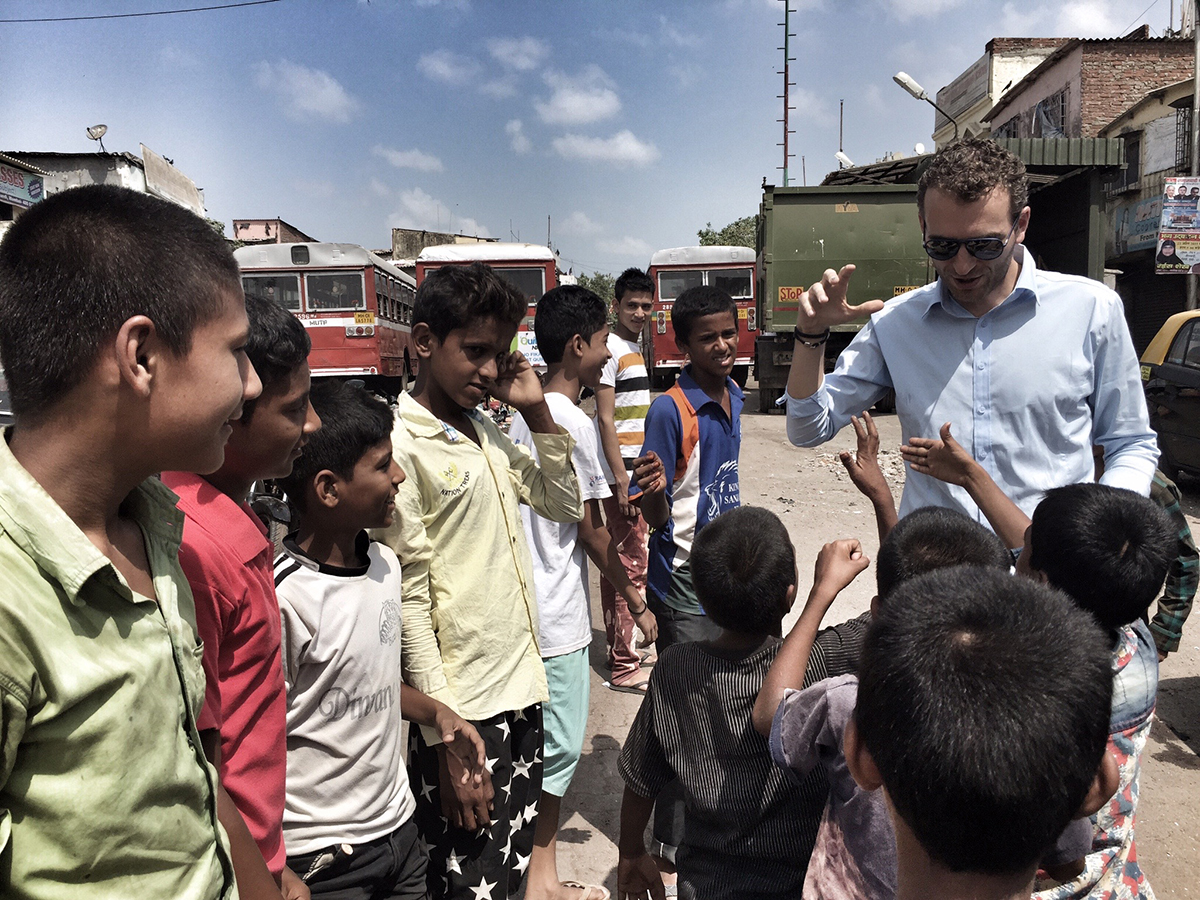
































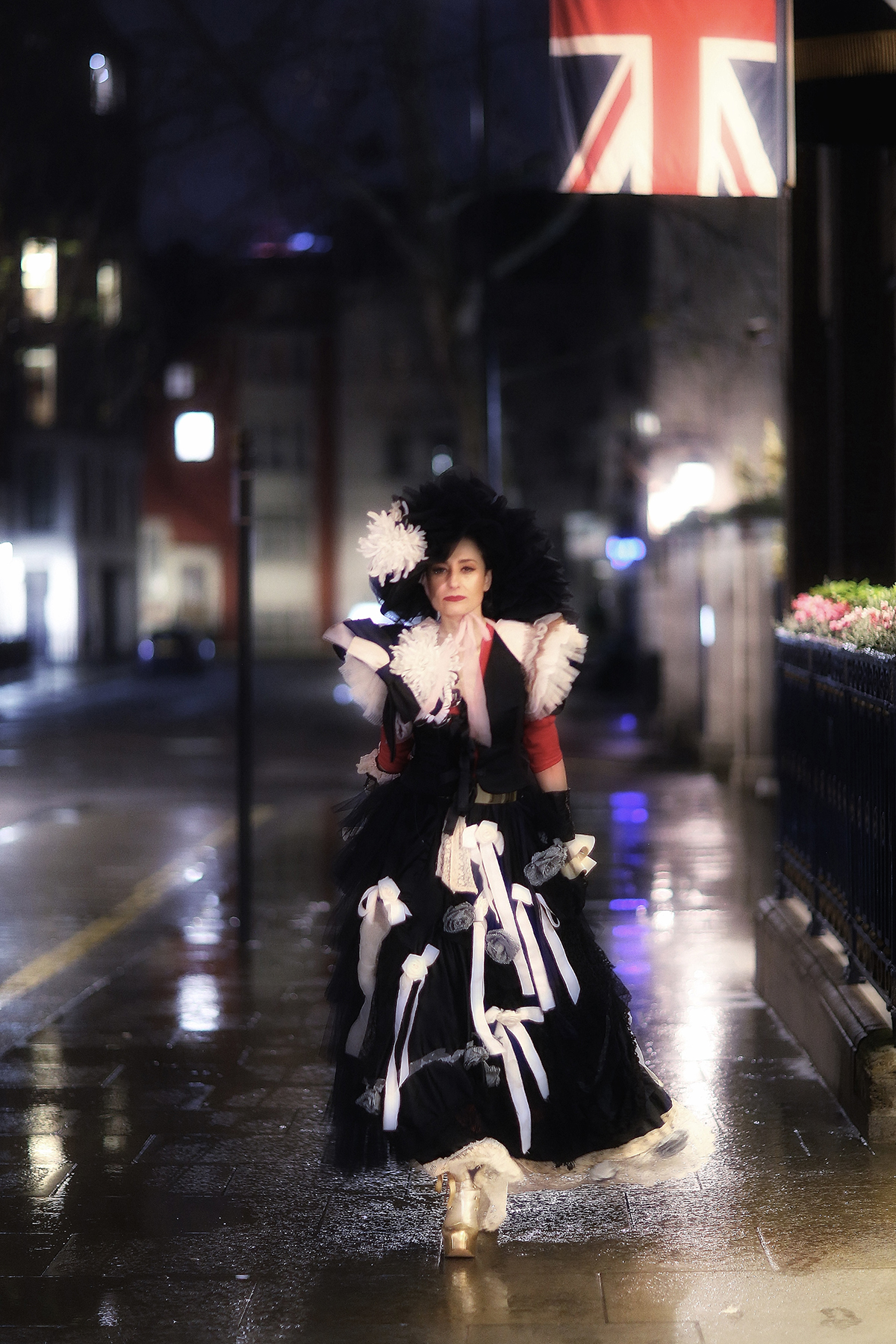


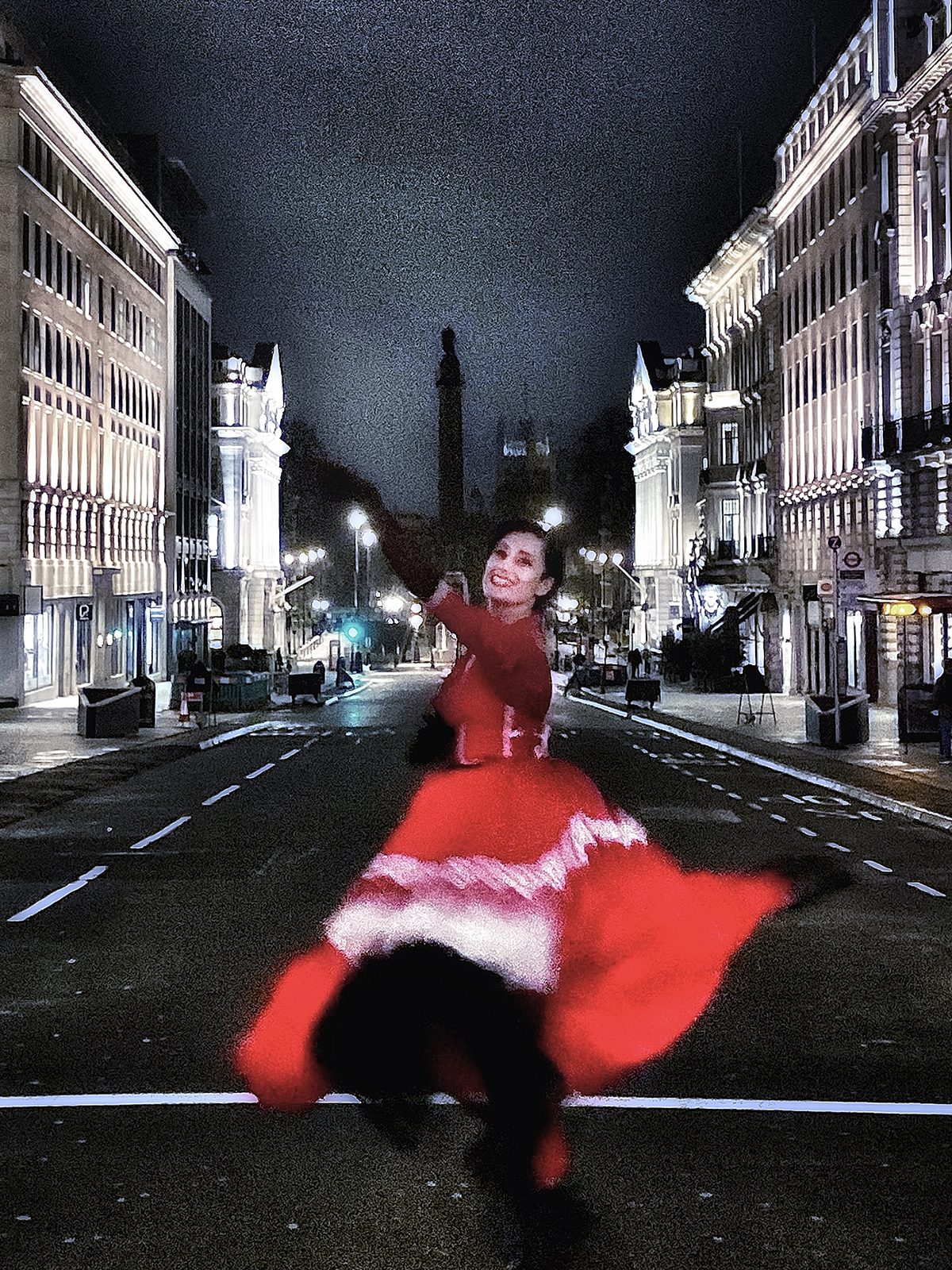
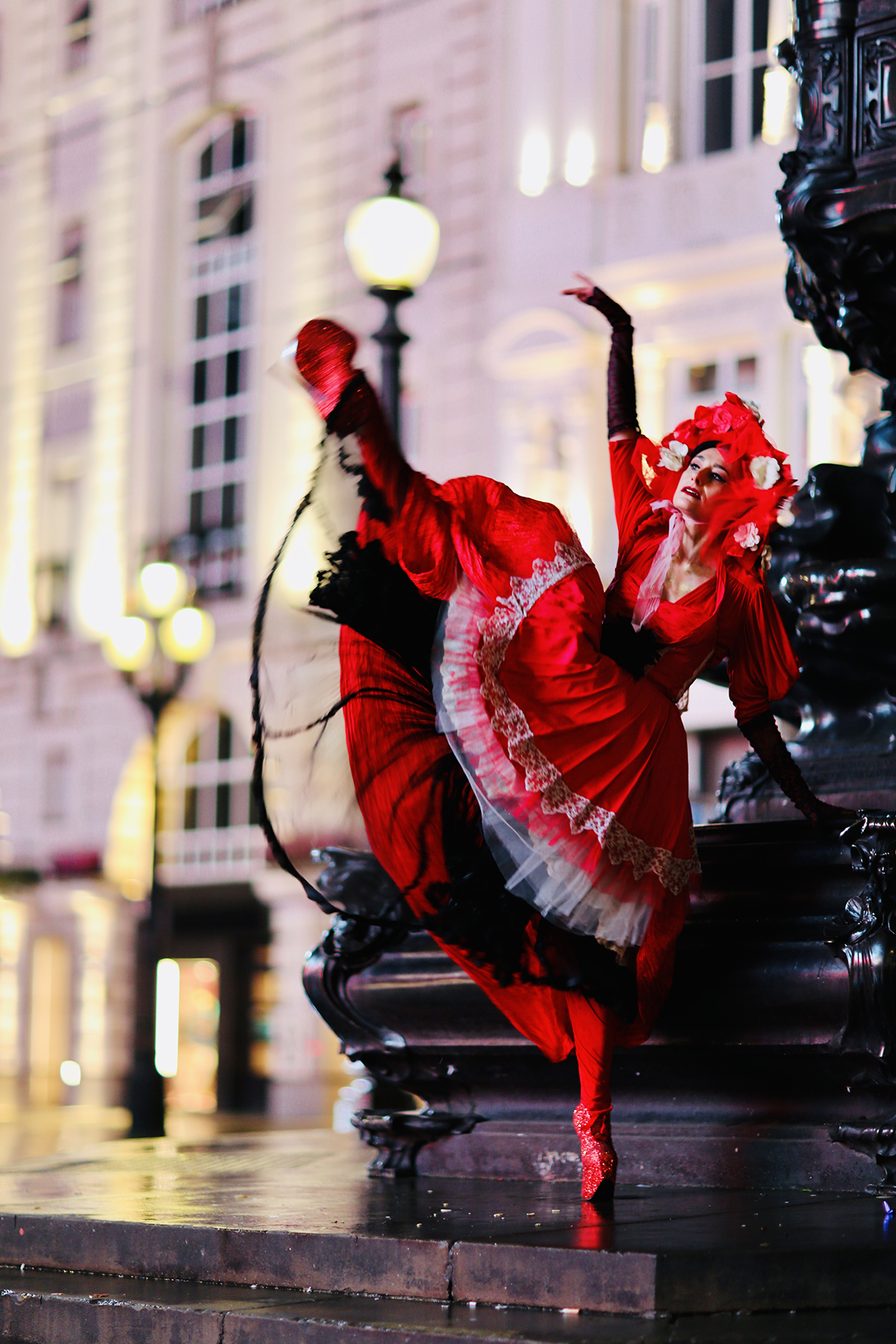



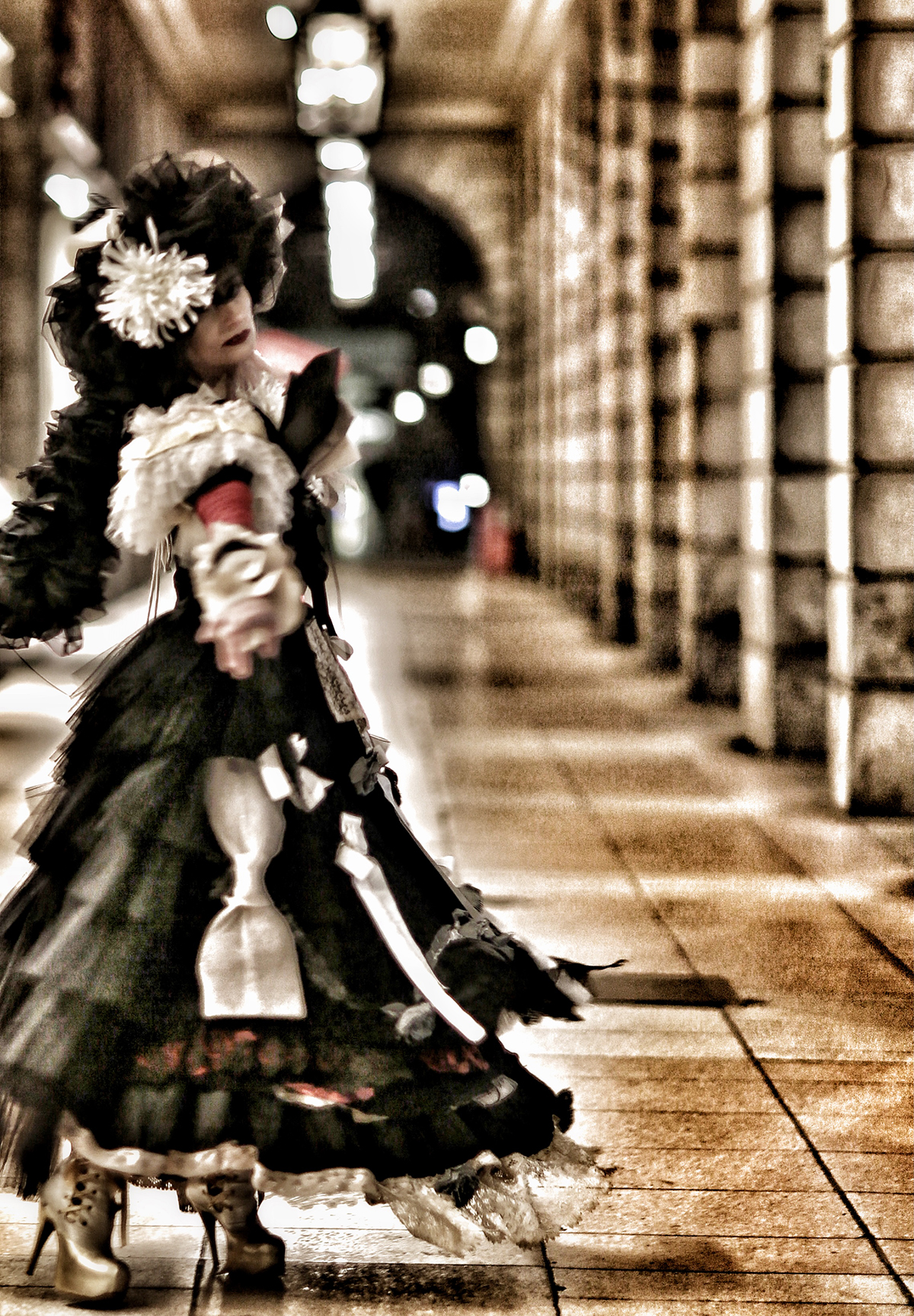









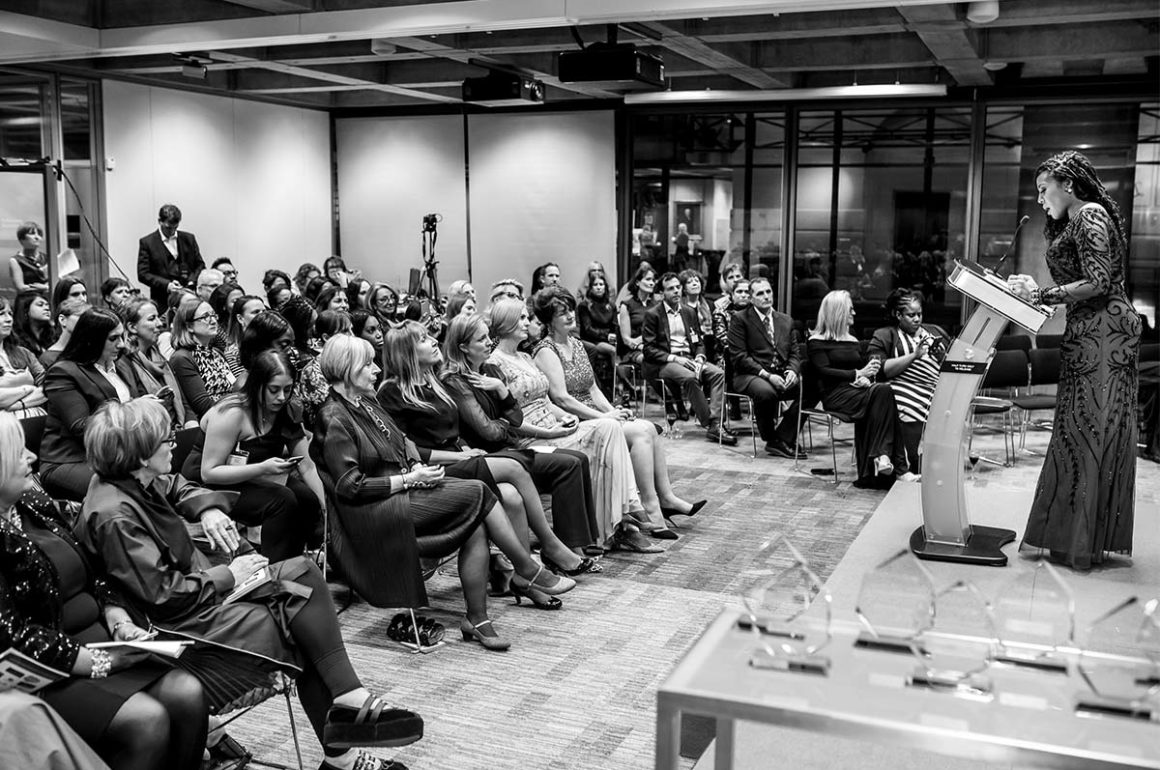




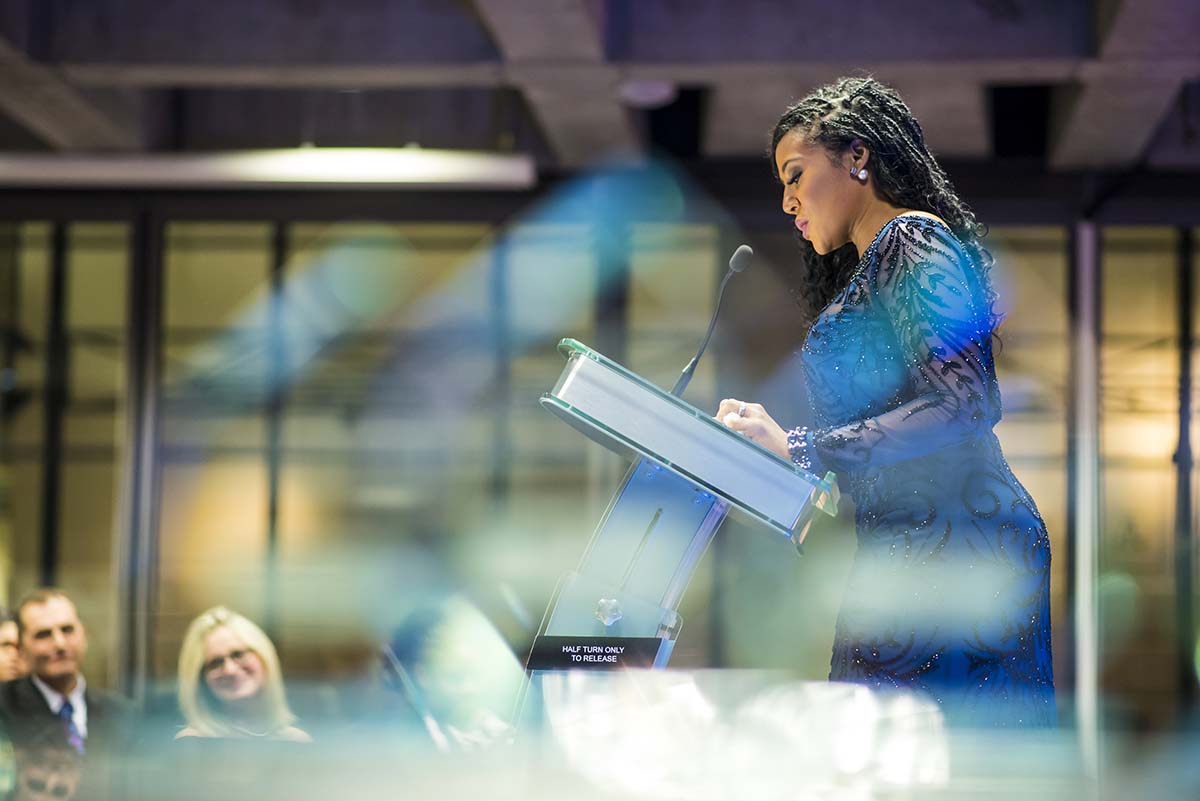






Recent Comments